The Evolution of Cell Organelles
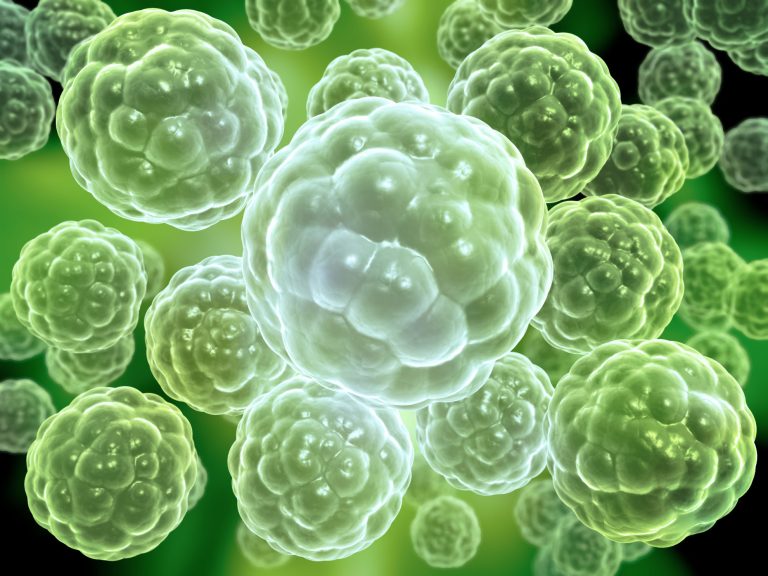
An artist depiction of a Precambrian multicellular life form.
Table of Contents
The previous tutorial page noted the emergence of protists, organisms that possessed a distinct cell nucleus and contained organelles within its cell structure. One other important aspect of the up and coming species was the existence of mitochondria, the site of ATP creation in human cells (in ribosomes).
Cell Evolution
The mitochondria are present in both animal and plant cells in today’s world, suggesting that the arrival of the mitochondria in the evolutionary chain was slightly before recognizable taxonomical differences between animals and plants.
The mitochondria is unique in the sense that the organelle contains its own DNA, which is derived from its parents. Naturally, as the mitochondria are responsible for the breakdown of organic molecules to release energy (i.e. respiration), this DNA was responsible for the reactions involved to do this.
The remarkable thing about mitochondria is their striking similarity to that of a species of amoeba, where the structure of the two are similar. In this particular species of amoeba, symbiotic bacteria enact what the mitochondria do in more advanced cell structures. The end of this symbiotic relationship no doubt increased parasitism, due to the fact that cells now possessed their own energy supply, they could be exposed and eradicated by the pathogens of the time.
Organelle Diversity
Although geological records for this period are sketchy, to say the least, evidence suggests that organelles continued to diversify in this period, further differentiating the taxon that we use today to class them.
Hair-like structures called cilia and flagella were developing in some species, allowing them to move with wind and water currents. This general progression and diversification have led to the range of functions that cell organelles perform in modern organisms.
Organelle Similarity
The most unusual thing about nature is its repetition of a particular characteristic across a broad band of species. Such a situation arises when looking at the development of unicellular organisms at the time.
The organelles developing within these species all have structural similarities in relation to function. As in the example above, the mitochondria on a single cell is very similar to that of an entire species, yet mitochondria are found in almost all forms of organisms that have existed on Earth.
A push-pull relationship is notable in the evolution of these organisms. In one instance, they become more similar, either because the similarity is an advantage or because environmental pressure was forcing natural selection and thus the species to evolve in this way.
On the other hand, organisms were diversifying to occupy previously sterile environments, therefore adapting to better suit their new environment. On the other hand of this, other organisms (as above) would adapt closer to them, due to less competition in the habitat and natural selection favoring a move to this environment
In other words, nature at the time, both parasites and unicellular organisms, were more in less in equilibrium, continuing to expand but also moving away/moving closer in relation to other organisms…life continued to change into the Cambrian Period, over half a billion years ago.
The timeline continues into the Cambrian period on the next tutorial guide of the timeline…
Credit: Dreksler Astral
You will also like...
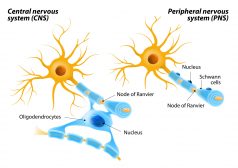
The Central Nervous System
Myelin sheath is essential for a faster conductivity of signals. Know more about this feature of some neurons in the Cen..
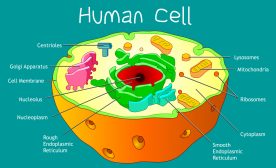
Cell Structure
A typical eukaryotic cell is comprised of cytoplasm with different organelles, such as nucleus, endoplasmic reticulum, G..
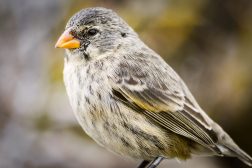
Darwin and Natural Selection
This tutorial investigates the genetic diversity in more detail. It also delineates how certain alleles are favored over..
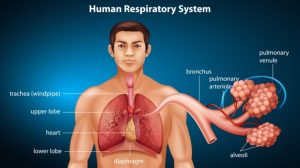
Respiration
The human respiratory system is an efficient system of inspiring and expiring respiratory gases. This tutorial provides ..
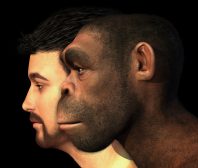
The Homo Species
The evolution of the species of the genus "Homo" led to the emergence of modern humans. Find out more about human evolut..
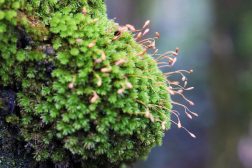
Meiosis and Alternation of Generations
Plants are characterized by having alternation of generations in their life cycles. This tutorial is a review of plant m..
